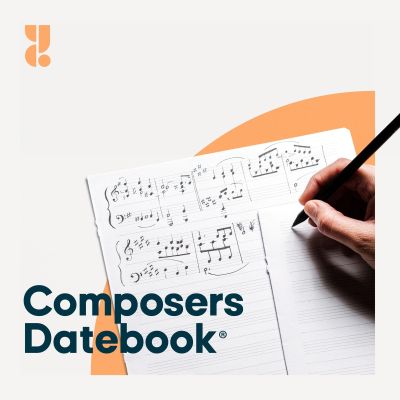Composers Datebook™ is a daily two-minute program designed to inform, engage, and entertain listeners with timely information about composers of the past and present. Each program notes significant or intriguing musical events involving composers of the past and present, with appropriate and accessible music related to each.
Bach and the "oboe da caccia"
On today’s date in 1734, the second cantata from the “Christmas Oratorio” of Johann Sebastian Bach had its first performance in Leipzig, Germany. This cantata takes its inspiration from Luke’s Gospel describing shepherd keeping watch over their flocks and opens with a purely instrumental Sinfonia that sets the scene, evoking the sound of the shepherds’ rustic pipes. In Bach’s day, a famous builder of wind instruments lived in Leipzig. His name was J. H. Eichentopf, and he is credited with inventing an “oboe da caccia”—that’s Italian for "hunting oboe." This instrument was curved with a big brass horn bell at its end. Bach calls for this instrument in his Christmas Oratorio, but after Bach’s time, it fell out of use, and knowledge of its exact sound and construction was lost. In the 20th century, two well-preserved (but unplayable) “hunting oboes” built by Eichentopf survived in museums in Denmark and Sweden, and from their measurements, modern-day copies were made. These were used for the first time in over 200 years for the period-instrument recording of the Christmas Oratorio conducted by Nikolaus Harnoncourt that appeared in 1973.
